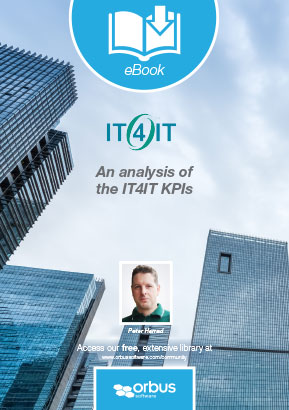Peter Harrad gives a detailed analysis of the IT4IT KPIs.
The latest standard to come out of the Open Group is the IT4IT™ standard – a value chain based reference model for the management of IT. There’s a lot of good material in this standard, but one aspect particularly caught my eye – the standard proposes a range of key performance indicators for each of the four value streams that it identifies. This is a very sensible addition, as KPIs are an excellent way to shed light on operations – and traditional business complaints about IT being unaccountable are rooted partly in their inability to understand IT and how it is performing beyond a sense of satisfaction (or more usually, the opposite).
So the introduction of KPIs in IT4IT is an excellent step and most of the KPIs are spot on. However, as someone who’s been tasked with suggesting KPIs at various organizations I notice issues with some of them. There’s also value in discussing the KPIs that are perfect, in the intent of assisting those who might need to adapt the KPIs to their own organization. In this paper I’m going make observations on each of the IT4IT KPIs.
Having said this, I will sound a cautionary note before carrying on – which is that the purpose of key performance indicators is to provide insight. Which is to say that like money, KPIs make good servants but bad masters. A classic pitfall with KPIs is to mindlessly set targets for them as the sole measure of evaluating overall performance - the effect being that people invariably find local maxima for these KPIs to the detriment of the overall business. A well-known example is the case when Amazon customer service reps were measured solely on the number of calls that they answered – meaning that they would simply hang up on calls that were taking too long to resolve.
Everything you might need to practically apply IT4IT and its KPIs in your organization. Login to read and download this whitepaper

